This post is about creating amazing, meaningful, memorable family travel experiences and at the same time, giving your child a global and human perspective that they will draw upon for the rest of their lives. Travel learning.
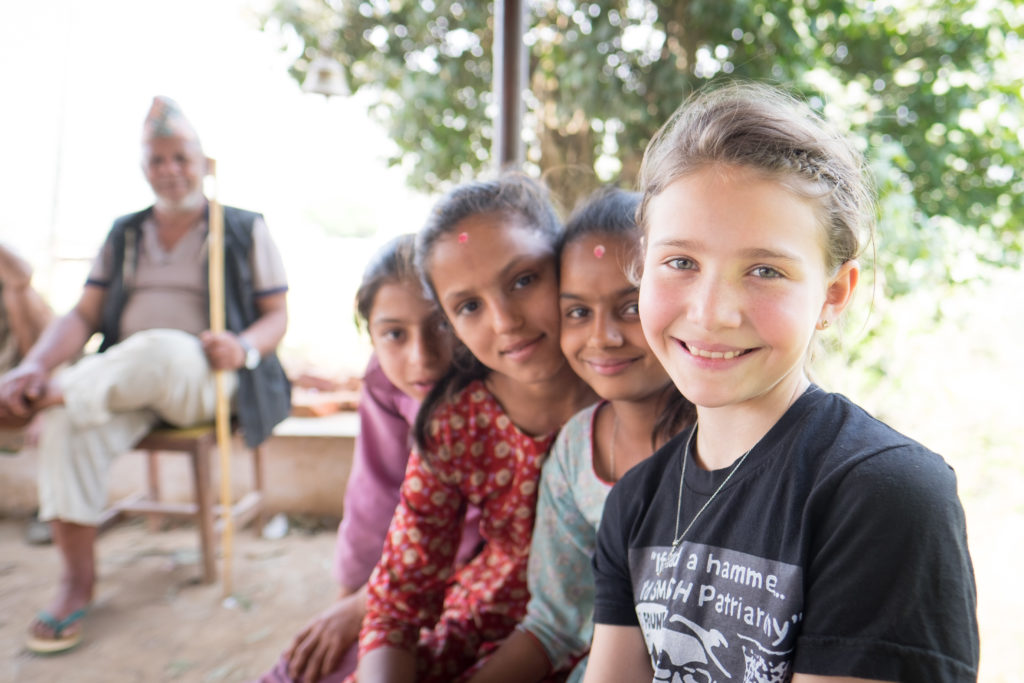
Beija with friends in Chandeni, Nepal.
We’ll dig into my approach to making our trip what we want it to be. As a psychologist and analyst, I love systems. Systems help my brain manage chaos and allow me the comforting illusion that I understand a tiny piece of it. There has been lots of learning theory research that helps conceptualize ways people integrate new information. The frameworks that resonate most for me are “constructivist” approaches. Simply put, constructivists say that knowledge is built, not bestowed. The learner creates knowledge by taking external input and building an internal model. Lasting knowledge is a social process achieved through active processing with others. My thinking borrows heavily from established frameworks such as Kolb’s Learning Cycle, 5E, and the Accelerated Learning Cycle.
Some considerations:
- It is important not to let learning turn into a drag. It doesn’t have to be work. In many cases the learners don’t even have to know they are learning. I am pretty used to getting eyes rolled at me, but everyone usually participates.
- All of the steps in the learning process need to be targeted to the age and interests of the child.
- There is a lot more to say about each of these things. I’m just laying out a map here. We’ll circle back to each of them for more detail in future posts.

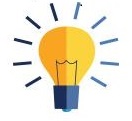 Spark
Spark
You spark interest by inviting your family members into your travel destination and getting them (and you) excited about it while you are at home. You can do this by making connections between your destination and things they already know and by helping them see the big picture. I often include drawing, maps, books, movies, research, and games. For example, when Beija was seven we went to the Baltic region– an area with an incredibly rich history. One thing we did was to build a timeline on the wall with her drawings of different historical events. When Beija was ten we went to Morocco. For one pre-trip activity, we went to a local Moroccan restaurant where we had some fantastic food, animated conversations with the owner, and Beija did some belly dancing. I usually start the spark process about six months before the trip so it seems more like fun and less like cramming for a test.
 Experience
Experience
The experience phase happens during your trip. You and your family see, smell, feel, and are totally immersed in the experience whether you like it or not. This, of course, is where the itinerary and activities that you’ve been planning come into play. I use every opportunity to pull from the sparking you did ahead of time:
- Remember I tried to make this dish at home? This one is much spicier.
- Beija, I can’t remember the word for “ice cream.” Do you?
- Remember that we read about Roman architecture? I think that building is in that style.
- I think this is that same square we saw in the movie.
Very social, lots of questions and engagement. These examples pull together the threads that were set a few months back and help kids build their own mental models of food, language, architecture, and place that don’t disappear when they go home.
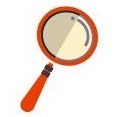 Reflect
Reflect
Opportunities for reflection are a pillar of most learning systems. Reflection during the trip provides opportunities to articulate for oneself and others the significance and meaning the experience has and deepen the knowledge as this occurs.
After stimulus-packed days we enjoy spending time together in the evening over a meal or with our heads on pillows talking about the day. I use facilitated questioning, mirroring, and other tools to get an idea of how Beija is experiencing things and to help her build her internal map of her experience. Jay and I get a lot out of this process too. For example:
- I was surprised when we saw those little kids herding the cattle alone. That is really different from how our culture would handle things. How do you think your life would be different if we lived here?
- What did you think when you saw the animals at the market?
- Was there anything that was really hard for you today? Tell me more about what made it hard.
- Seeing the old men working the pedal sewing machines at the market made me smile. If you were going to make up a story about their lives what would it be?
All of this strengthens mental models and provides further insight and understanding.
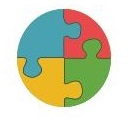 Integrate
Integrate
This stage is a different take on reflection. We usually do this at the end of our trip and the first little while after we return home. We build a bridge back to our regular lives with our new experiences. For example, at dinner we might ask the question, “What is different about me now?” As you can see in our story about puke, Beija answered that she learned that she can tolerate a lot more adversity than she thought. We talked about other difficult things at home and how they weren’t really that difficult in comparison. We talked about how people walked really far to get everywhere and how different that was from home and how great we felt after walking for six days. We all decided to walk more at home and taking a long walk to the next neighborhood over was surprisingly easy for all of us.
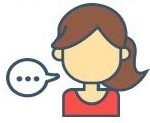 Share
Share
Storytelling is one of the most wonderful ways to both succinctly share your experience with people and to cement the experiences for yourself. On the way home I usually ask, “So what are the three things you are going to tell people about when the ask about the trip?” It helps us to identify what our defining experiences were and what will really convey the little nuggets of meaning to friends and family. We tell stories in many ways, for example, personal interactions, using photos, Facebook (I hear the kids don’t do the Facebook these days), Beija has put together a short school presentation, etc. Developing stories helps us to make sense of our world and share the understanding with others. There is a magical exchange between a storyteller and listener that benefits both.
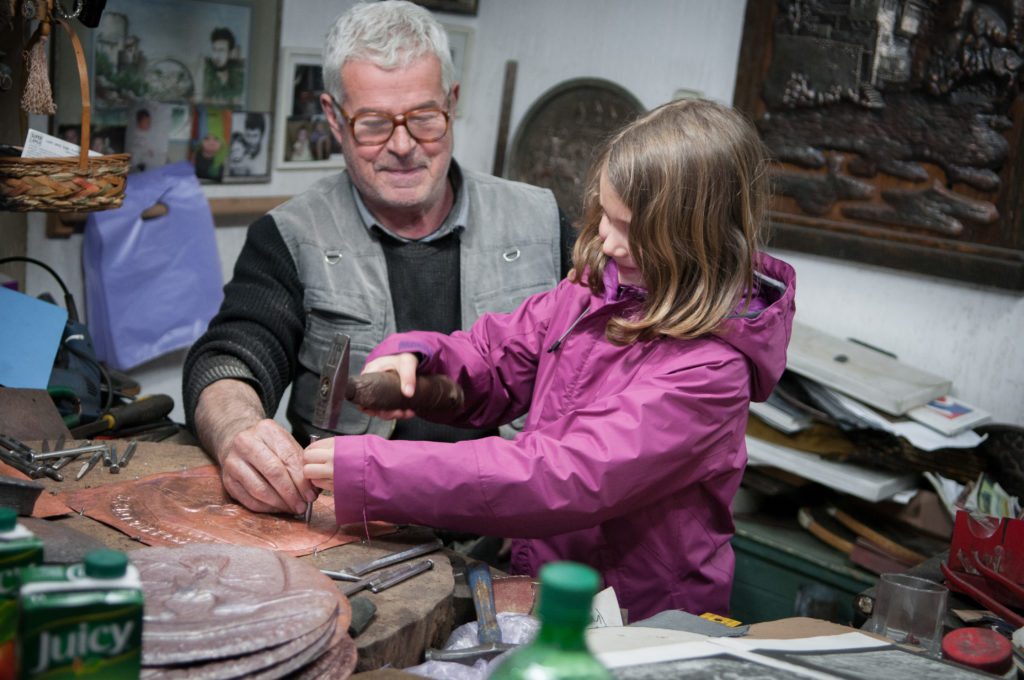
Beija working with an artist on a copper plate in Mostar, Bosnia Herzegovina.
So that is a lot! But I guarantee that if you take a little extra time for sparking, experiencing, reflecting, integrating, and sharing your two-week vacation will turn into a lifetime experience.
I wish that you could be in charge of education in America. The experience that you are providing for Beija is one that will be with her for the rest of her life. Thank you for sharing.